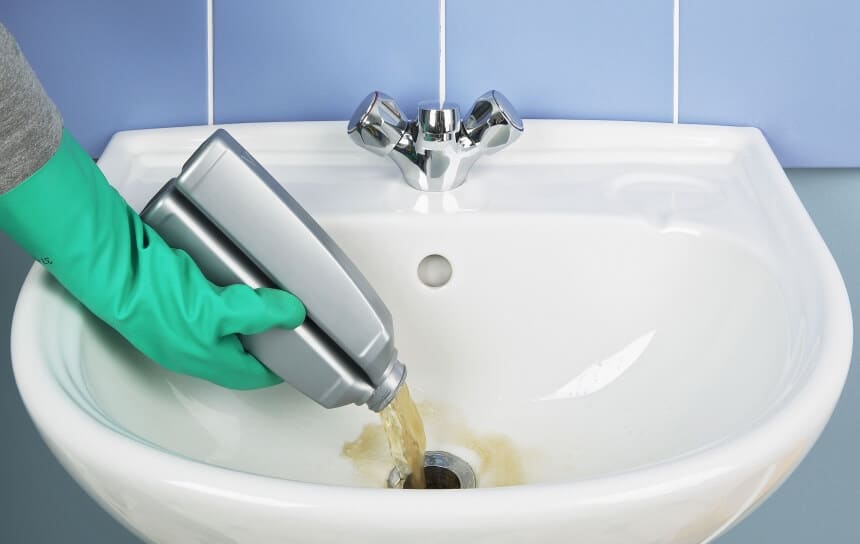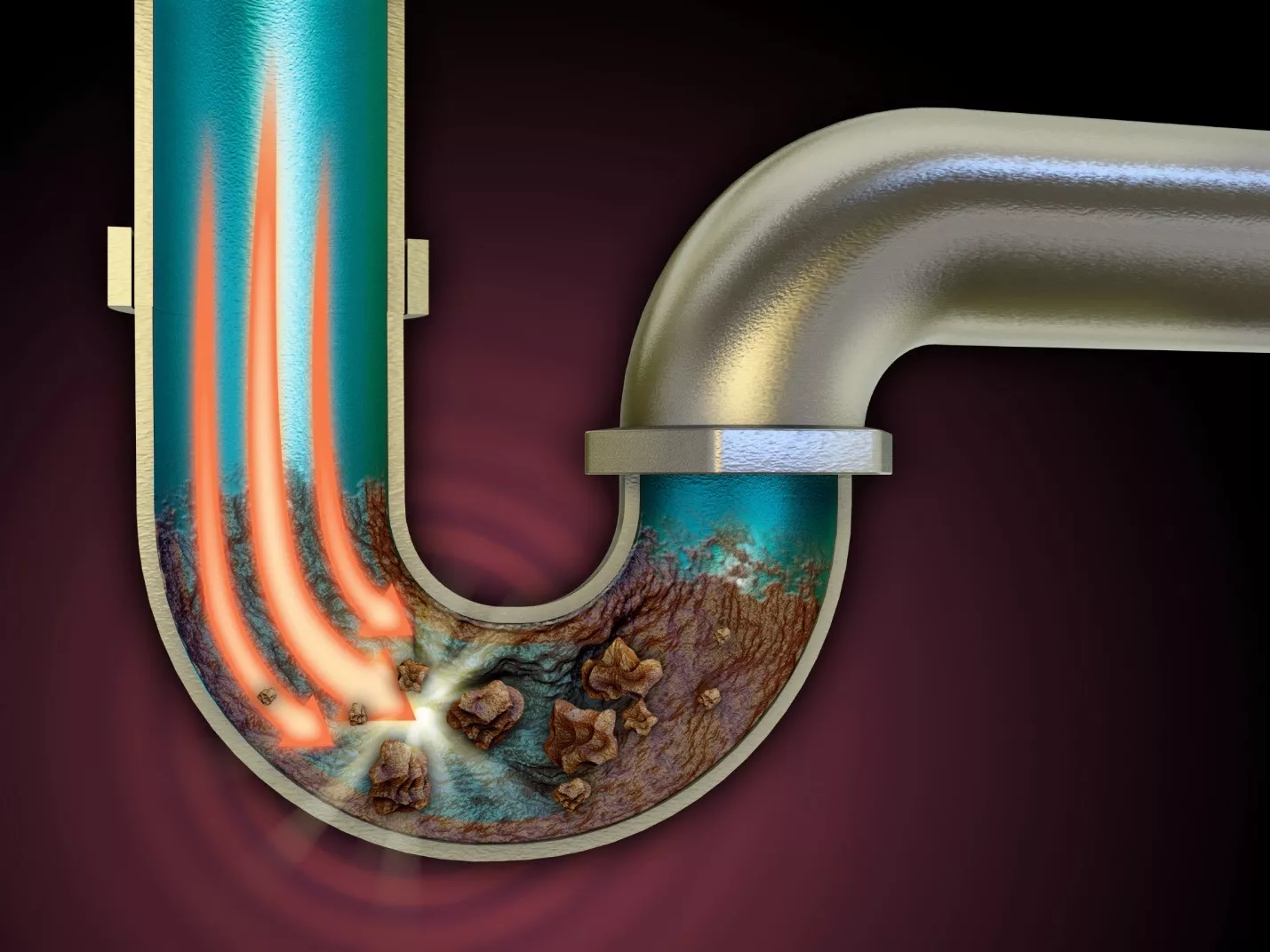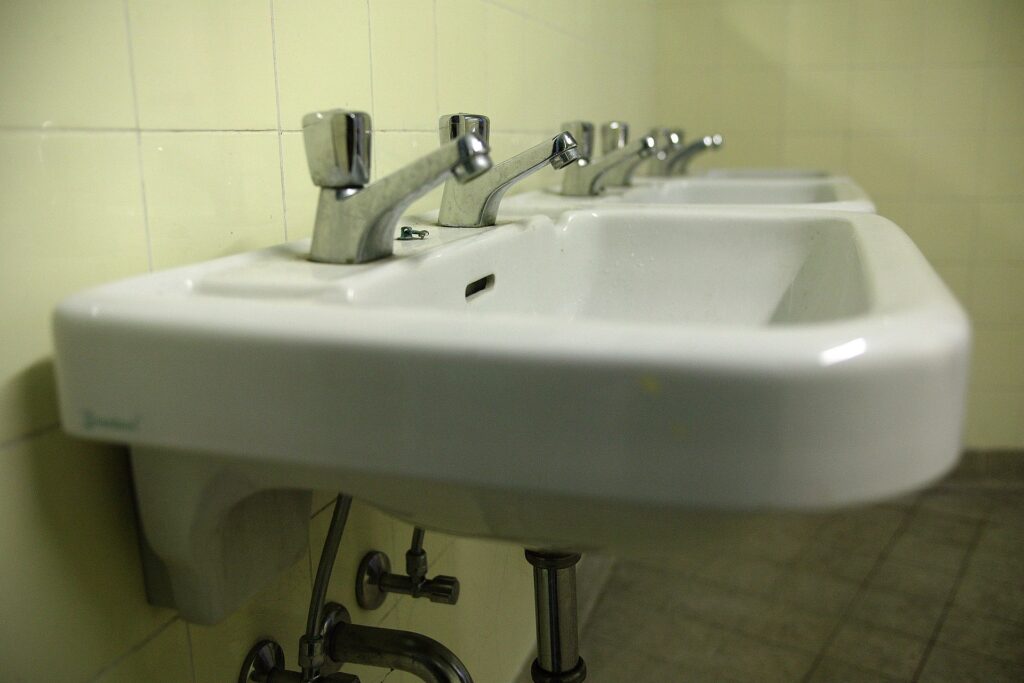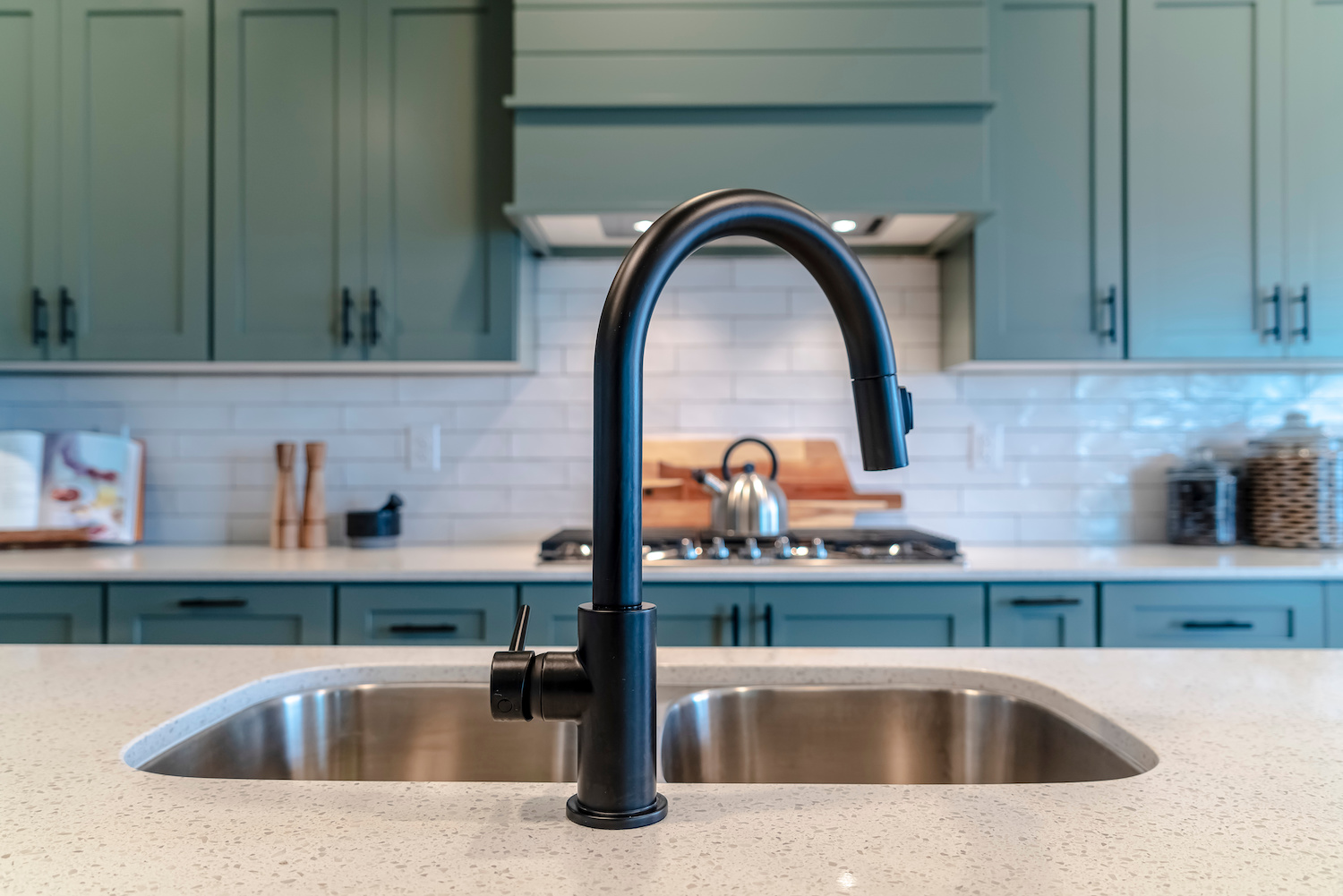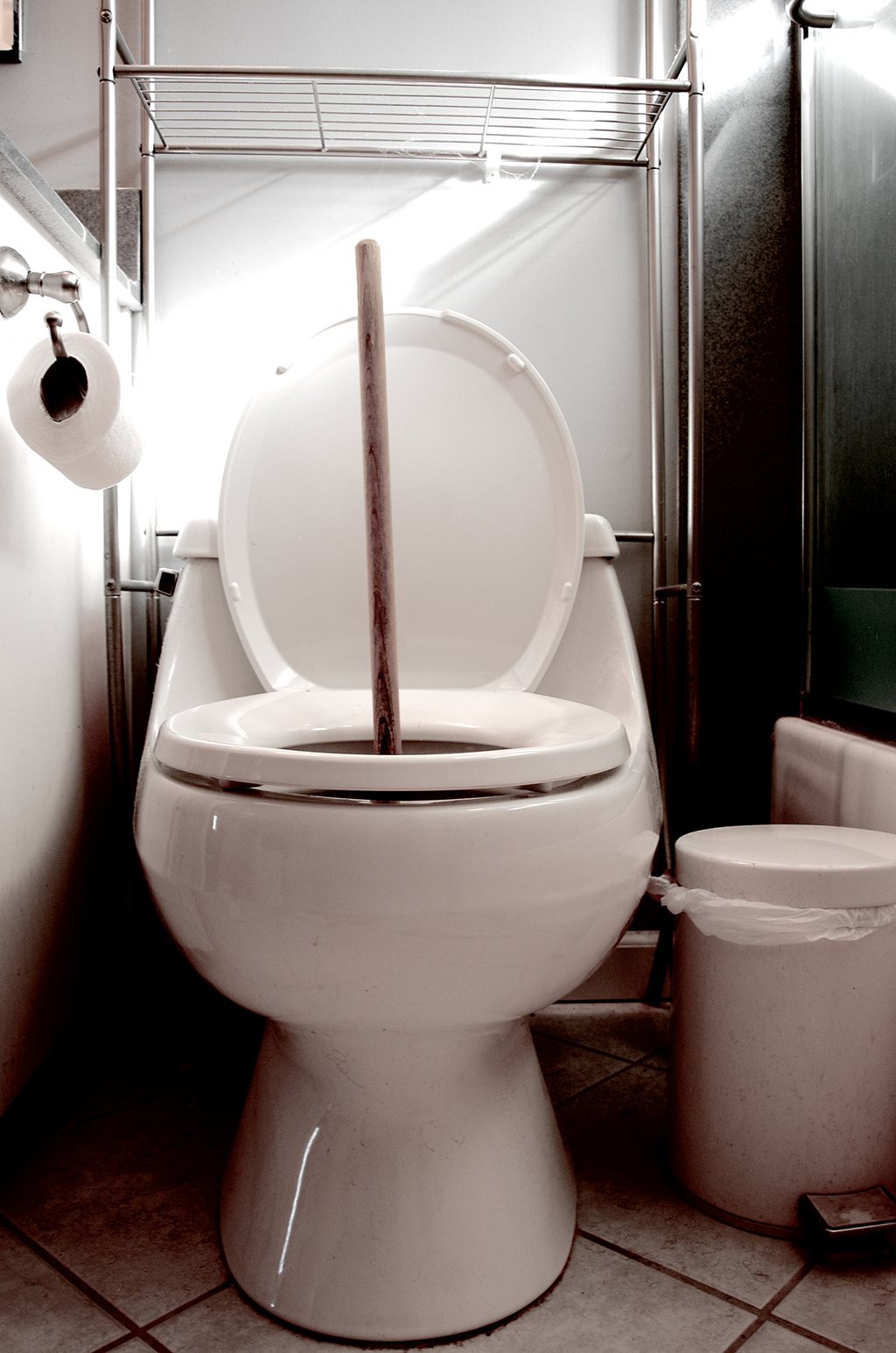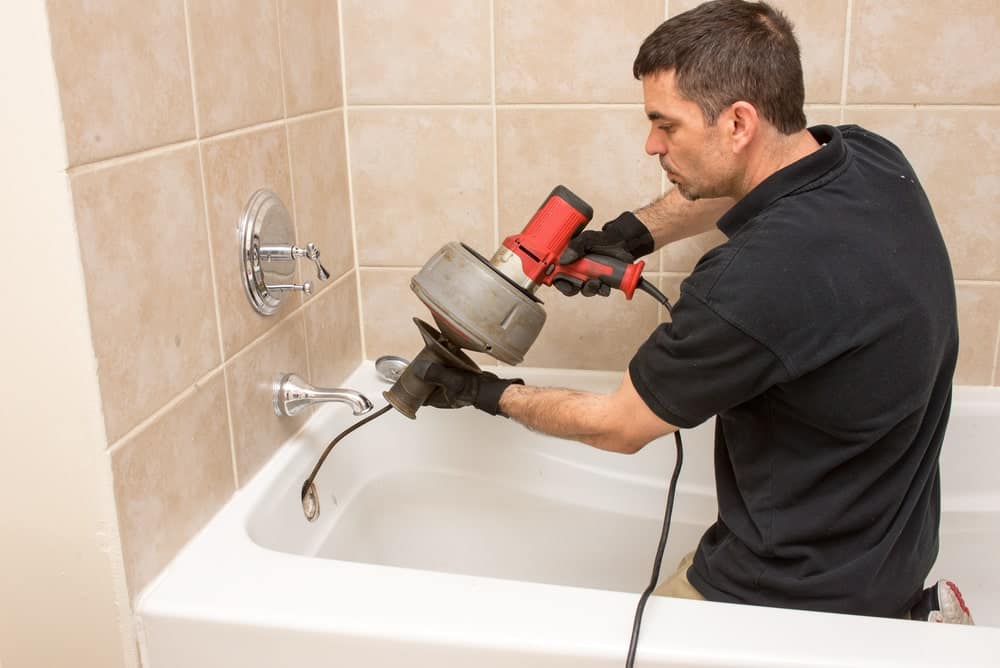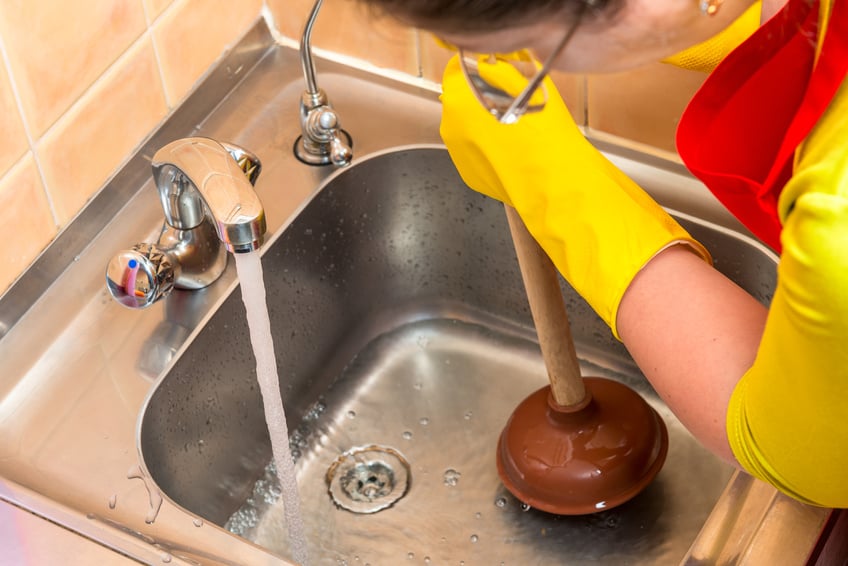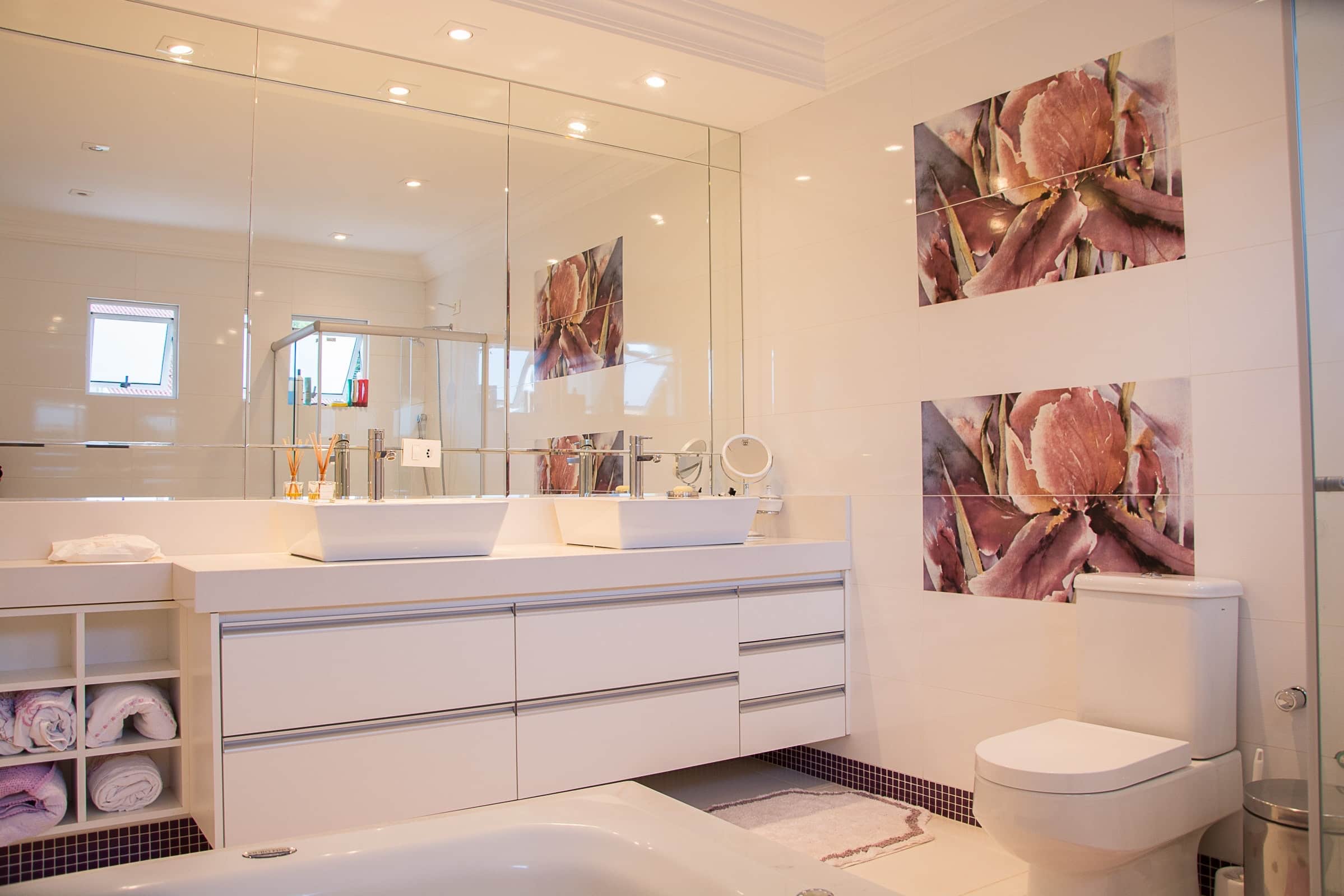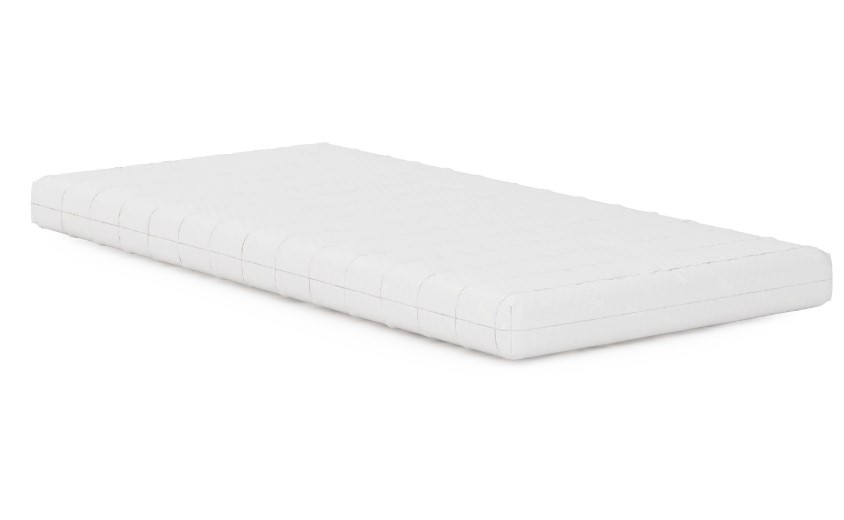Dealing with a clogged bathroom sink can be a frustrating and time-consuming task. Not only does it disrupt your daily routine, but it can also lead to unpleasant odors and potential water damage. But fear not, with the right tools and techniques, you can easily unclog your bathroom sink drain and get back to your normal life. If you're facing a clogged bathroom sink, don't panic. Take a deep breath and follow these simple steps to fix the problem.Unclogging a Bathroom Sink Drain
Before you start unclogging your bathroom sink, gather all the necessary tools and materials. You'll need a plunger, a drain snake, a bucket, and some cleaning solution (preferably a mixture of baking soda and vinegar). First, remove any standing water from the sink using the bucket. Then, use the plunger to create a tight seal over the drain and push and pull it up and down to dislodge any clogs. If this doesn't work, use the drain snake to remove any debris or hair that may be causing the clog. If the clog persists, try pouring a mixture of hot water and baking soda down the drain, followed by vinegar. Let it sit for a few minutes before flushing it with hot water. This will help dissolve any stubborn clogs.How to Fix a Clogged Bathroom Sink
If you prefer to use natural remedies instead of harsh chemicals, there are several DIY solutions you can try to unclog your bathroom sink. As mentioned before, a mixture of baking soda and vinegar can be an effective solution. You can also use salt and hot water, or a combination of salt, baking soda, and vinegar. Another popular DIY method is using a combination of dish soap and hot water. Simply pour a generous amount of dish soap down the drain, followed by hot water. The soap will help break down any grease or oils that may be causing the clog.DIY Solutions for a Clogged Bathroom Sink
If all else fails, it may be time to take a more aggressive approach. You can use a plumbing auger or a drain snake to physically remove the clog. Simply insert the tool into the drain and twist and turn it until you feel resistance. Then, pull it out and dispose of any debris that may have been causing the clog. If you're not comfortable using a plumbing auger or drain snake, you can also try using a wet/dry vacuum to suck out any clogs. Just make sure to cover the overflow opening with a wet cloth to create a tight seal.Clearing a Clogged Bathroom Sink
Prevention is always better than cure, and the same goes for clogged bathroom sinks. By following a few simple steps, you can reduce the chances of experiencing a clog in the future. First, make sure to regularly clean your sink and drain to prevent buildup of hair, soap scum, and other debris. You can also use a hair catcher to prevent hair from going down the drain. Additionally, avoid pouring grease, oils, and other substances that can solidify in the drain.Easy Ways to Unclog a Bathroom Sink
When dealing with a clogged bathroom sink, it's important to keep safety in mind. Always wear gloves and protective eyewear when using chemicals or tools to unclog your drain. Also, make sure to properly dispose of any materials or debris that you remove from the drain. If you're using chemicals to unclog your sink, make sure to follow the instructions carefully and avoid mixing different types of chemicals. Mixing chemicals can create toxic fumes and cause dangerous reactions.Bathroom Sink Clog Removal Tips
One of the most common causes of clogged bathroom sinks is hair. To prevent hair from going down the drain, consider investing in a hair catcher or using a strainer when washing your hair. You can also regularly use a drain cleaner to dissolve any buildup of hair and other debris in the drain. Another way to prevent clogs is by regularly pouring boiling water down the drain. This will help melt any grease or oils that may be accumulating in the pipes and prevent them from solidifying and causing a clog.Preventing Clogs in Your Bathroom Sink
If you prefer to use natural remedies, there are several options you can try to prevent clogs in your bathroom sink. For example, pouring boiling water down the drain once a week can help prevent buildup of grease and oils. You can also use a mixture of baking soda and vinegar as a natural drain cleaner. To keep your drain smelling fresh, you can use a combination of lemon juice and baking soda. Simply pour the mixture down the drain and let it sit for a few minutes before flushing it with hot water.Using Natural Remedies for a Clogged Bathroom Sink
If all else fails, it may be time to call in the professionals. A plumber or drain cleaning service can use specialized tools and techniques to unclog your bathroom sink and ensure the problem doesn't persist. They can also provide valuable tips and recommendations for preventing clogs in the future. While hiring a professional may cost more than DIY methods, it can save you time and frustration in the long run.Professional Drain Cleaning for a Clogged Bathroom Sink
Understanding the common causes of clogged bathroom sinks can help you prevent them from happening in the future. Some of the most common causes include hair, soap scum, toothpaste, and oils and grease from personal care products. Additionally, old or damaged pipes can also contribute to clogs as they may have buildups of minerals or debris that can block the flow of water. In conclusion, a clogged bathroom sink may seem like a daunting task, but with the right tools and techniques, you can easily fix the problem. By following these tips and tricks, you can keep your bathroom sink running smoothly and prevent clogs in the future.Common Causes of a Clogged Bathroom Sink
How to Fix a Clogged Drain in Your Bathroom Sink

The Importance of Proper Drain Maintenance
:max_bytes(150000):strip_icc()/freshen-and-unclog-drain-with-baking-soda-1900466-22-bbf940b70afa4d5abef0c54da23b1d3f.jpg) Maintaining a clean and functional bathroom is essential for any house design. One of the most common issues that homeowners face is a clogged drain in their bathroom sink. This can be caused by a buildup of hair, soap scum, and other debris over time. Not only is a clogged drain a nuisance, but it can also lead to unpleasant odors and even more serious plumbing problems if left untreated. In this article, we will discuss how to fix a clogged drain in your bathroom sink and the importance of proper drain maintenance.
Maintaining a clean and functional bathroom is essential for any house design. One of the most common issues that homeowners face is a clogged drain in their bathroom sink. This can be caused by a buildup of hair, soap scum, and other debris over time. Not only is a clogged drain a nuisance, but it can also lead to unpleasant odors and even more serious plumbing problems if left untreated. In this article, we will discuss how to fix a clogged drain in your bathroom sink and the importance of proper drain maintenance.
Identifying the Problem
 The first step in fixing a clogged drain is to identify the source of the blockage. Start by removing any visible debris from the drain and using a plunger to try and dislodge the clog. If the water still does not drain properly, the blockage may be further down the pipe. In this case, you may need to use a drain snake or call a professional plumber for assistance.
The first step in fixing a clogged drain is to identify the source of the blockage. Start by removing any visible debris from the drain and using a plunger to try and dislodge the clog. If the water still does not drain properly, the blockage may be further down the pipe. In this case, you may need to use a drain snake or call a professional plumber for assistance.
Preventing Clogs in the Future
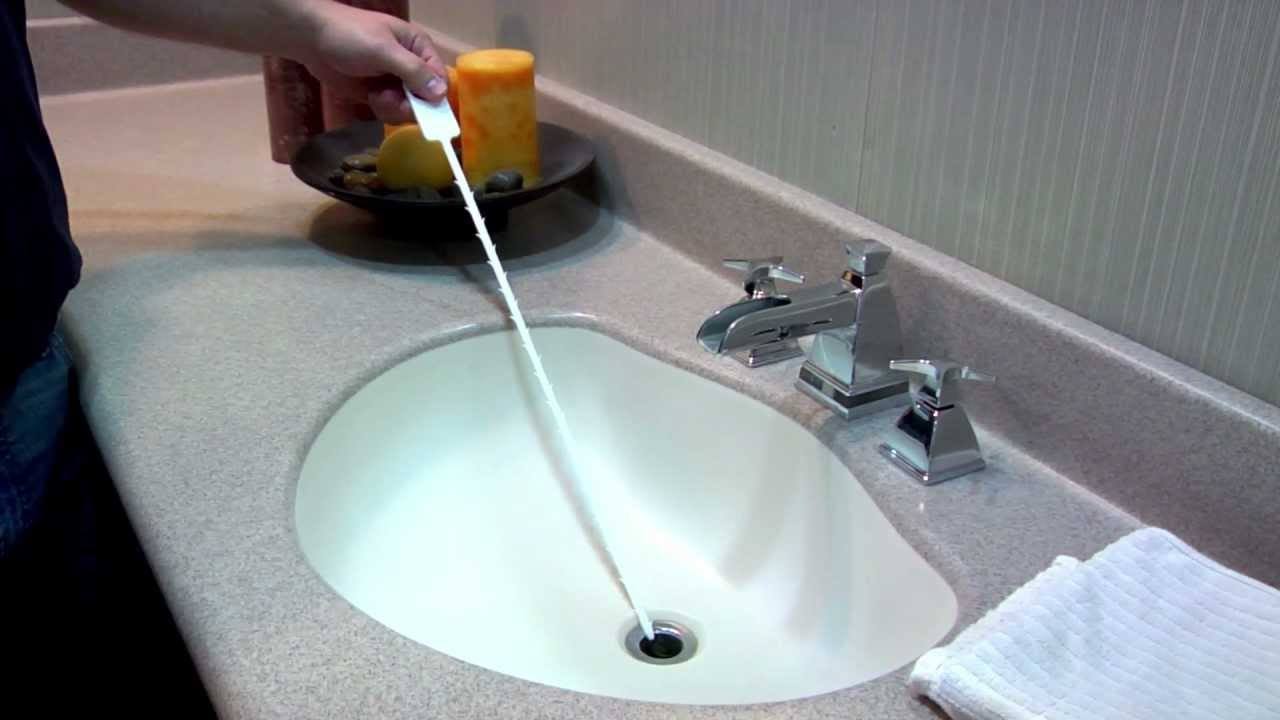 Prevention is key when it comes to maintaining a clean and functional drain in your bathroom sink. To prevent clogs from occurring in the future, consider installing a drain cover to catch any hair or debris before it goes down the drain. Additionally, avoid pouring oil, grease, and other liquids down the drain as they can solidify and cause blockages.
Prevention is key when it comes to maintaining a clean and functional drain in your bathroom sink. To prevent clogs from occurring in the future, consider installing a drain cover to catch any hair or debris before it goes down the drain. Additionally, avoid pouring oil, grease, and other liquids down the drain as they can solidify and cause blockages.
DIY Solutions for a Clogged Drain
 If you prefer a more natural and cost-effective solution, you can try using a mixture of hot water, baking soda, and vinegar to unclog your drain. Simply pour half a cup of baking soda down the drain, followed by half a cup of vinegar. Let the mixture sit for about 15 minutes before pouring hot water down the drain. This should help break up any debris and clear the clog.
If you prefer a more natural and cost-effective solution, you can try using a mixture of hot water, baking soda, and vinegar to unclog your drain. Simply pour half a cup of baking soda down the drain, followed by half a cup of vinegar. Let the mixture sit for about 15 minutes before pouring hot water down the drain. This should help break up any debris and clear the clog.
Seeking Professional Help
 If the clog persists or you are unable to identify the source of the blockage, it may be time to call a professional plumber. They have the tools and expertise to remove stubborn clogs and ensure that your drain is functioning properly.
In conclusion, a clogged drain in your bathroom sink is a common issue that can be easily fixed with the right tools and knowledge. By properly maintaining your drain and taking preventative measures, you can avoid this problem in the future. However, if you are unable to fix the issue yourself, do not hesitate to seek professional help. A clean and functional bathroom sink is essential for any house design, so make sure to prioritize proper drain maintenance.
If the clog persists or you are unable to identify the source of the blockage, it may be time to call a professional plumber. They have the tools and expertise to remove stubborn clogs and ensure that your drain is functioning properly.
In conclusion, a clogged drain in your bathroom sink is a common issue that can be easily fixed with the right tools and knowledge. By properly maintaining your drain and taking preventative measures, you can avoid this problem in the future. However, if you are unable to fix the issue yourself, do not hesitate to seek professional help. A clean and functional bathroom sink is essential for any house design, so make sure to prioritize proper drain maintenance.









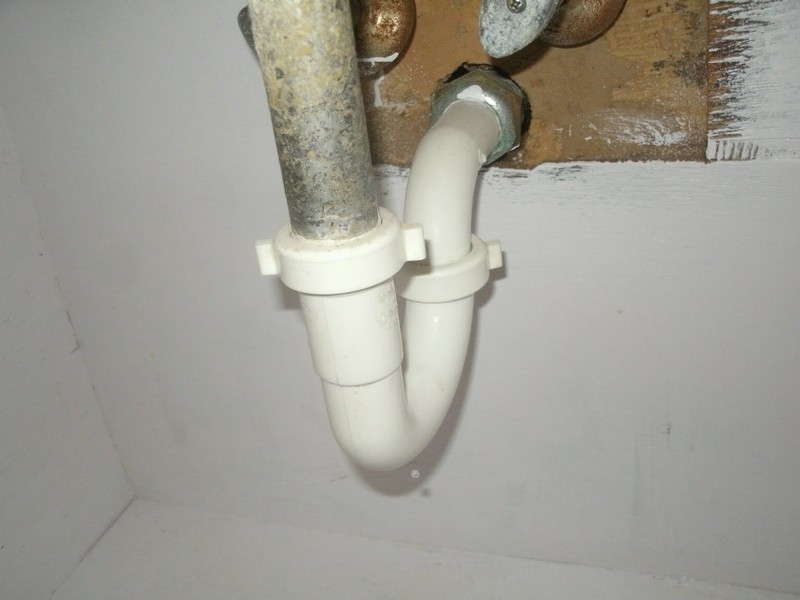

















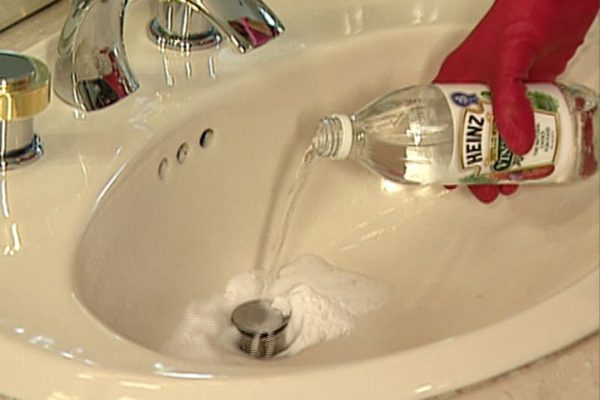
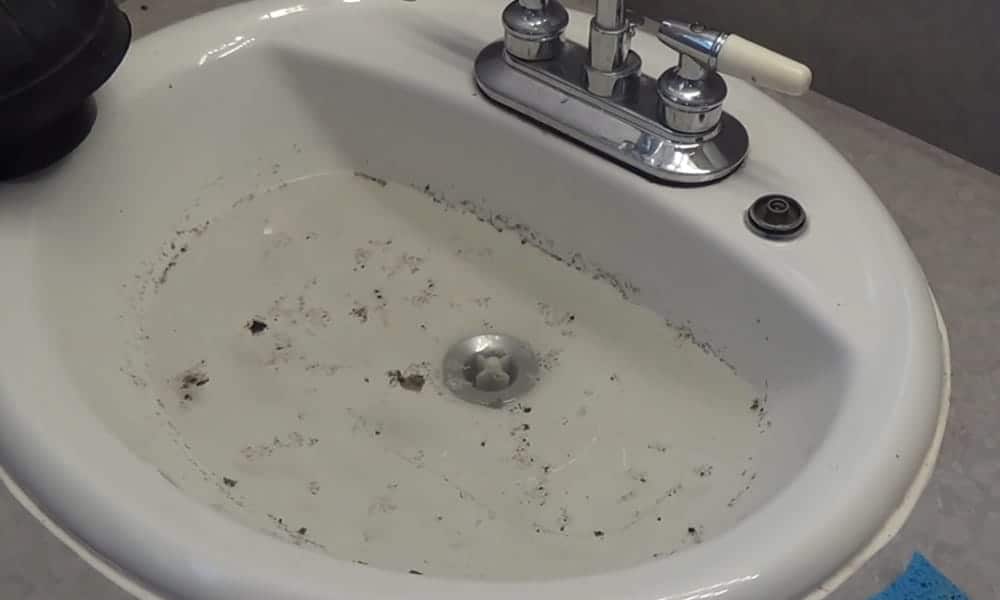

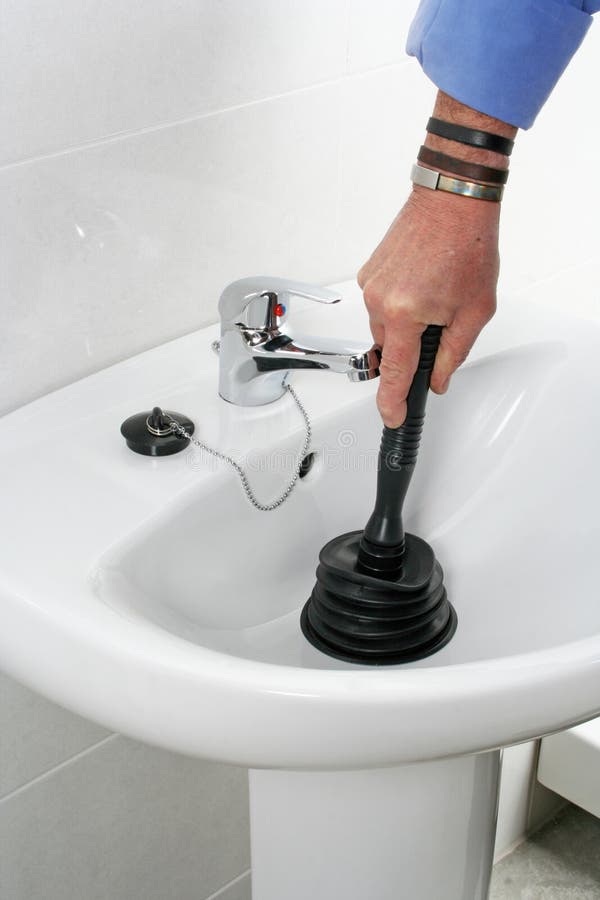

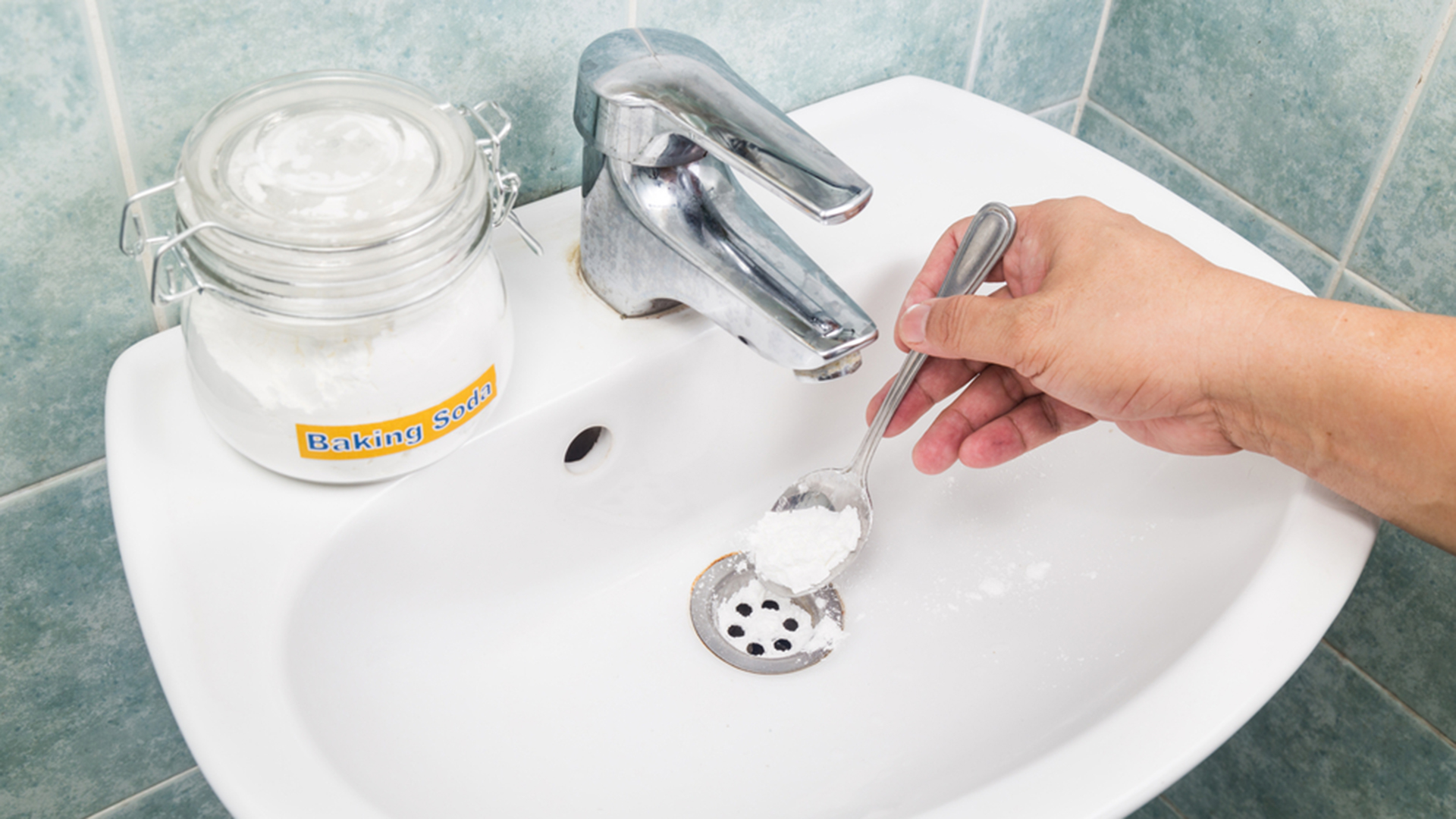


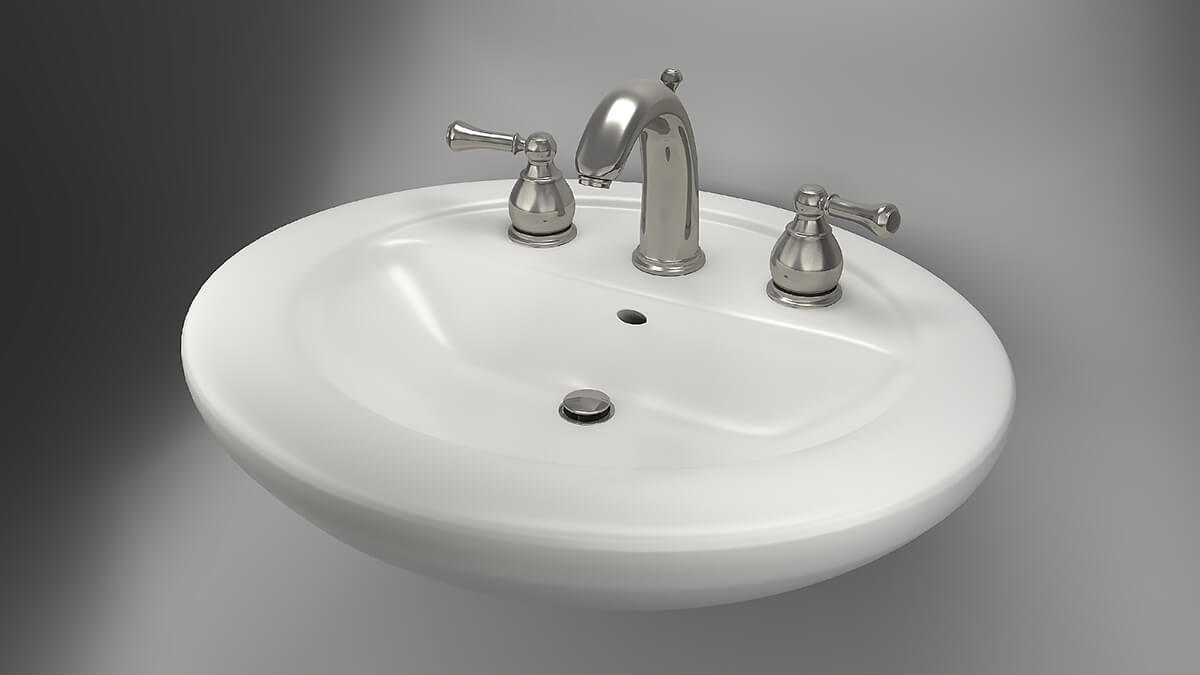


/HouseofChais-958bd71c530d4a30a9f13de113c6a7a4.jpg)
